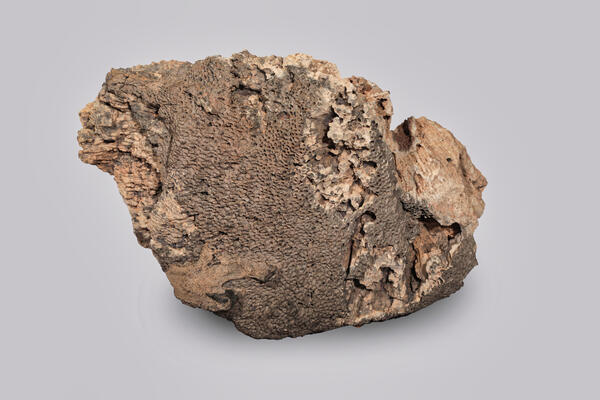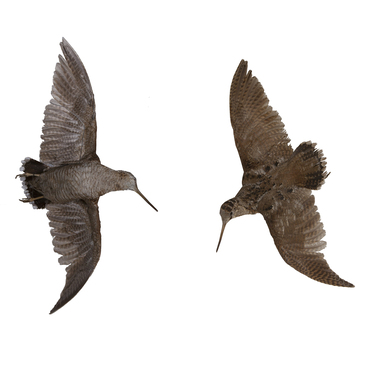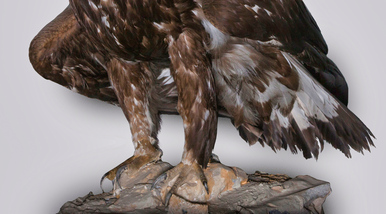Modern coral reefs, submerged or above-water elevations of the seafloor in shallow water, are most commonly formed by colonial corals. These bottom-dwelling organisms have a calcareous skeleton that takes a variety of forms.
A colony can be compared to a kind of apartment building, where individual coral polyps live, linked together by a continuous living membrane. At the same time in the community there are also single forms, such as an actinia. However, unlike many other corals, the actinia doesn’t have a solid skeleton.
During the growth of the calyx of both solitary and colonial coral polyps, internal horizontal transverse partitions–bottoms–and vertical partitions–septae are first formed inside the cone-shaped or cylindrical calcareous tube. The latter divide the polyp into radial sectors. The number of partitions gradually increases. Based on this feature, there are four-beam, six-beam, eight-beam coral polyps, and tabulate colonial corals–devoid of vertical septa.
The first coral polyps appeared on Earth in the early Paleozoic era, about 360 million years ago. Tabulata and four-beam corals became extinct at the end of the Paleozoic era, some 250 million years ago, but six-beam and eight-beam corals still exist. Today, colonial corals live only in warm seas with normal salinity.
Such a sea existed on the territory of the Moscow region in the Carboniferous period–the fifth geological period of the Paleozoic era. It began about 358.9 million years ago and lasted 60 million years. The presence of the sea in this ajurrea is evidenced by numerous limestone deposits, which contain the remains of ancient corals and fossilized remains of other groups of marine life.
The Moscow Region happened to be on the seabed twice: in the Carboniferous period and at the end of the Jurassic–beginning of the Cretaceous period, about 145 million years ago. Fossils of Jurassic age can also be found in the ravines near Moscow among the black clays: ammonites, belemnites, bivalves and others.
A colony can be compared to a kind of apartment building, where individual coral polyps live, linked together by a continuous living membrane. At the same time in the community there are also single forms, such as an actinia. However, unlike many other corals, the actinia doesn’t have a solid skeleton.
During the growth of the calyx of both solitary and colonial coral polyps, internal horizontal transverse partitions–bottoms–and vertical partitions–septae are first formed inside the cone-shaped or cylindrical calcareous tube. The latter divide the polyp into radial sectors. The number of partitions gradually increases. Based on this feature, there are four-beam, six-beam, eight-beam coral polyps, and tabulate colonial corals–devoid of vertical septa.
The first coral polyps appeared on Earth in the early Paleozoic era, about 360 million years ago. Tabulata and four-beam corals became extinct at the end of the Paleozoic era, some 250 million years ago, but six-beam and eight-beam corals still exist. Today, colonial corals live only in warm seas with normal salinity.
Such a sea existed on the territory of the Moscow region in the Carboniferous period–the fifth geological period of the Paleozoic era. It began about 358.9 million years ago and lasted 60 million years. The presence of the sea in this ajurrea is evidenced by numerous limestone deposits, which contain the remains of ancient corals and fossilized remains of other groups of marine life.
The Moscow Region happened to be on the seabed twice: in the Carboniferous period and at the end of the Jurassic–beginning of the Cretaceous period, about 145 million years ago. Fossils of Jurassic age can also be found in the ravines near Moscow among the black clays: ammonites, belemnites, bivalves and others.



